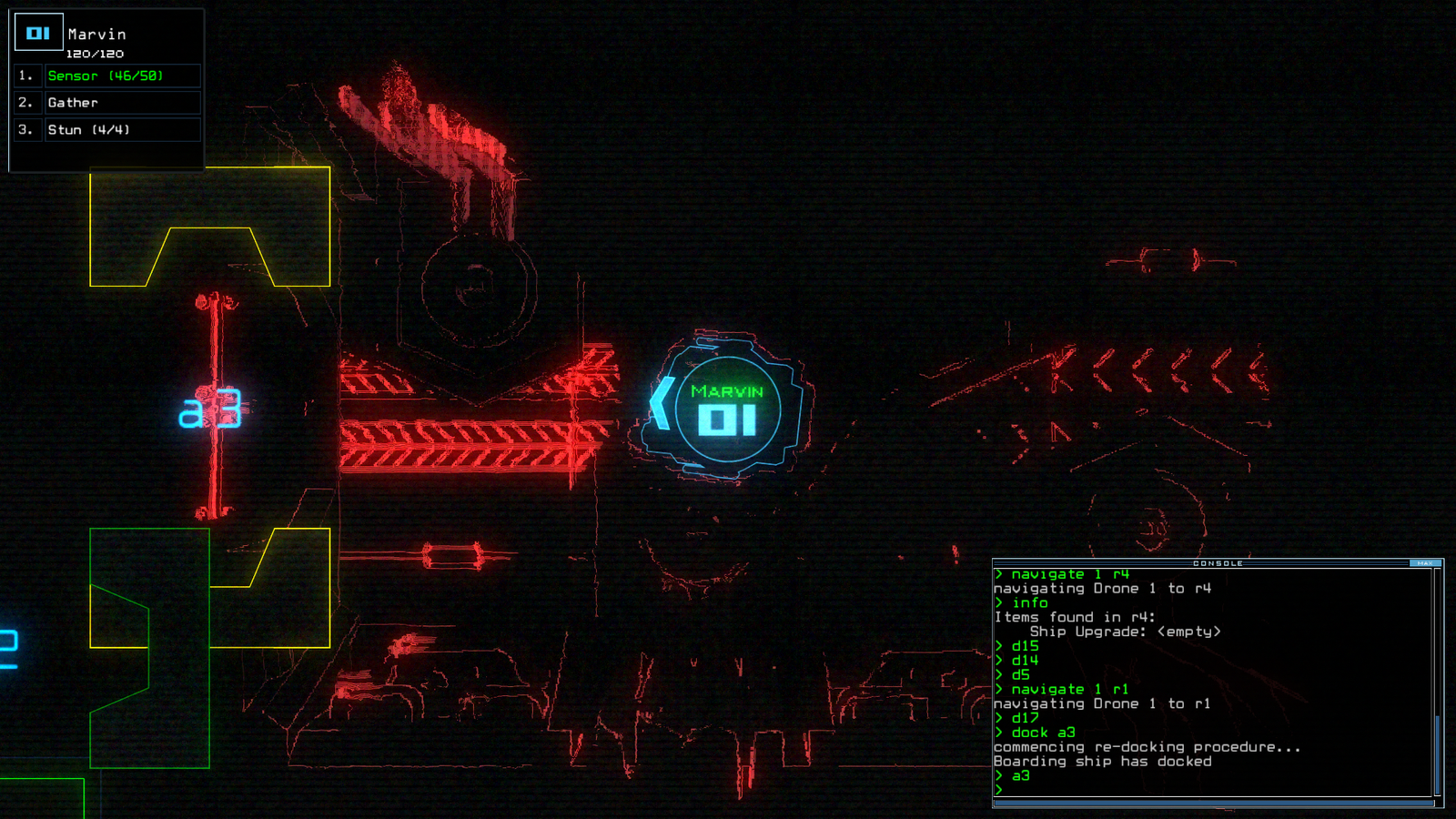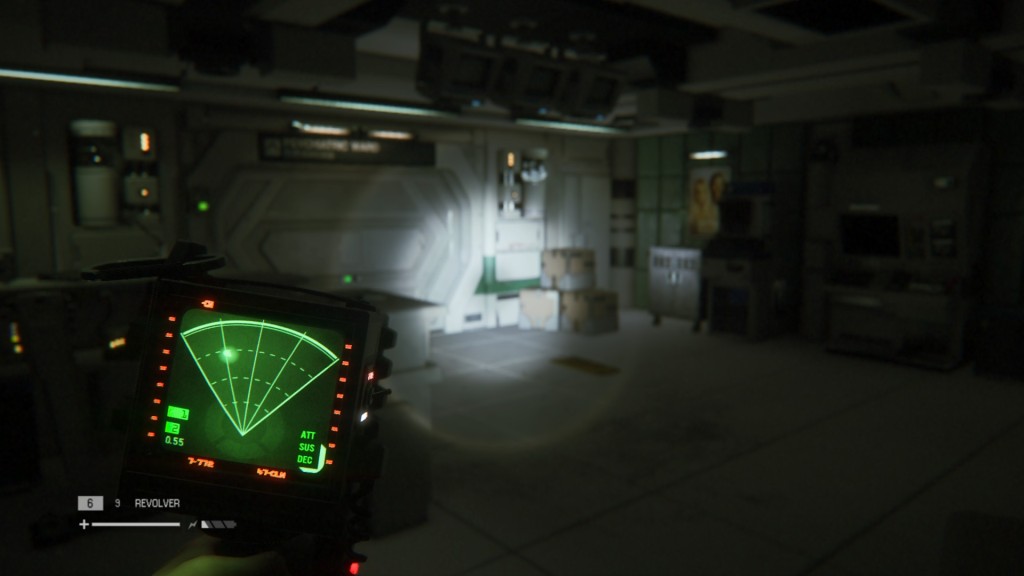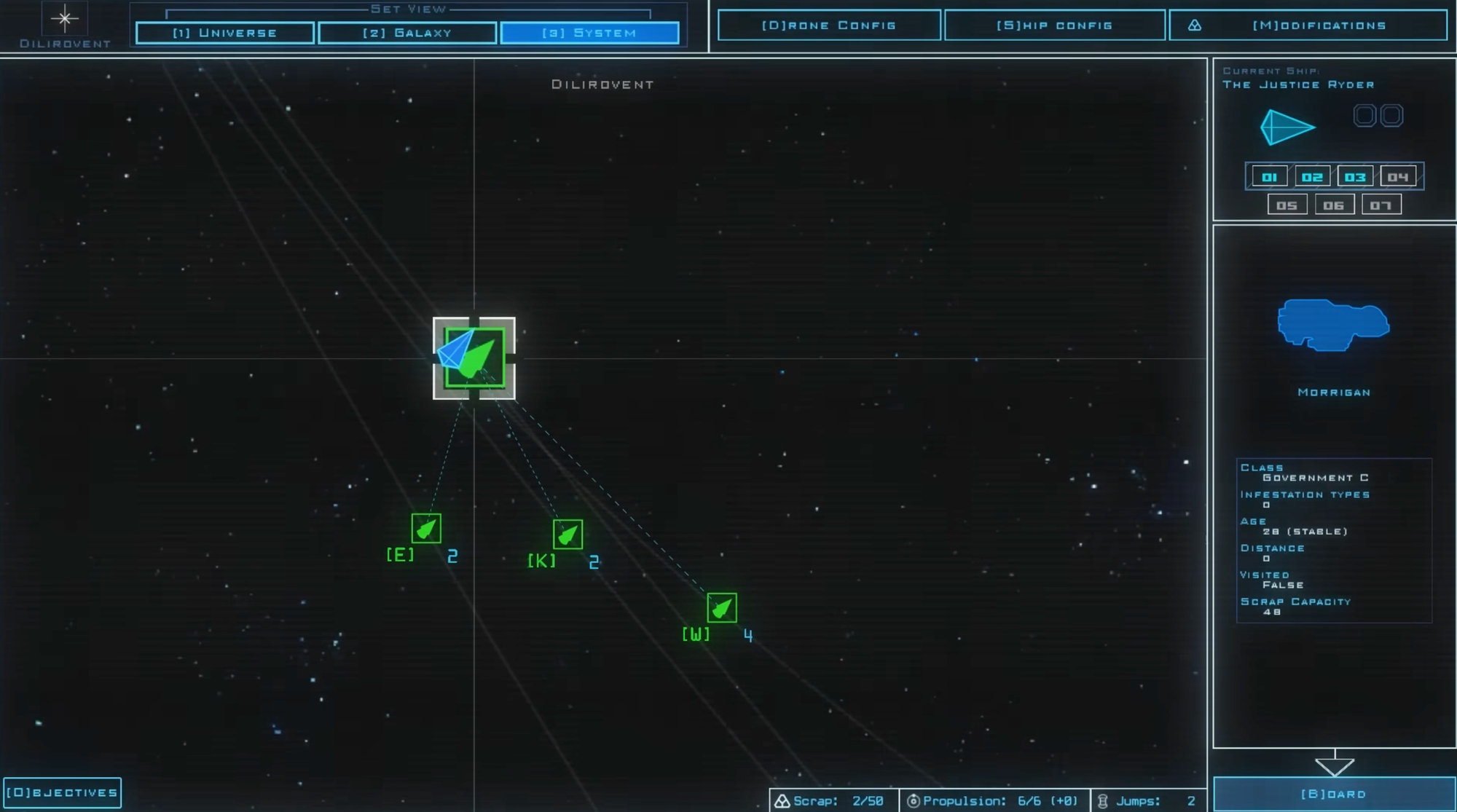Duskers: Immersive Storytelling Through User Interfaces
Diegetic game design as it's best

Ever heard of Duskers?
It slipped my radar for a while amidst the buzz of other games, but once I finally gave it a shot, I was genuinely captivated.
If you appreciate game design that seamlessly integrates with the game world using clever user interfaces, and you haven't given it a try yet, I think you'll find it captivating as well.
Duskers is set in a desolate space, you play as a lone scavenger navigating derelict ships and stations with drones, salvaging what's left in a crumbling universe.
The overall sense is ominous, as the backdrop feels like a bleak portrayal of the universe's eventual heat death.

To make matters worse, the world is overrun by AI, grey goo, and alien threats. Not only are you scavenging for survival, but you're also piecing together the remnants of humanity through recovered emails.
It's fairly run-of-the-mill stuff from a narrative perspective, so why then is it one of the most immersive games I've ever played?
Well, in the domain of spooky games, Duskers piques my interest by presenting its haunting environment predominantly through a user interface. Some other games do this, but not quite like this.
It's no mean feat from a design perspective to convincingly build a rich and engaging world through wireframes, outlined maps and command line interfaces, and that's why this experience fascinates me so much.
Rather than bombarding players with flashy visuals or excessive exposition, Duskers relies on minimalistic design and atmospheric cues to create an unnerving sense of dread.

Now, you're possibly reading this and thinking, "How on earth could this be captivating?"
Well, it depends on how you like your horror.
In your face and full of jump scares this is not. Slow, subtle and intense, this ticks all the boxes if you're a fan of letting your imagination run wild. Duskers absolutely embraces that concept.
"I bought it some time ago, played for something like one hour, and then uninstalled it because it made me feel so anxious I couldn't bear it anymore. Incredible game, I 100% recommend it." - tonylaverge
Misfits Attic made a game that sticks to "less is more," focusing on hints and subtlety to create a compelling experience.
This restraint allows the imagination to fill in the gaps, heightening the feeling of suspense and leaving a lasting impression long after I'd put the game down for the final time.
By embracing the concept of less is more, the developers have achieved a level of psychological horror that resonates deeply, showcasing the potency of simplicity in crafting a spine-chilling experience.
What Is Diegetic Game Design?

Diegetic game design refers to the incorporation of elements within a video game that exist within the game world and are perceived as part of the game's narrative, environment or character(s).
It's about making game elements feel like they naturally belong in the game world.
For example, if you're playing a survival game and your character needs to eat to stay alive, the food items you find in the game world are diegetic elements. They make sense within the game's story and environment.
On the other hand, non-diegetic elements might include things like health bars or score counters, which aren't part of the game world itself but are tools for the player. The narrative, environment or character(s) aren't aware of these elements.
One of my favourite examples of diegetic game design is the motion tracker from Alien: Isolation. The motion tracker within the game (which must be actively equipped) functions as a radar, indicating the presence of nearby individuals.
The main character, Amanda Ripley, is of course aware of this item and its benefits, while conversely, she isn't aware of her health bar.

Diegetic design helps enhance immersion by making the game world feel more cohesive and realistic. It can also contribute to storytelling and player engagement by integrating gameplay mechanics with the game's narrative and setting.
Duskers exemplifies diegetic game design by integrating its gameplay elements seamlessly into the game world. Players control drones to explore abandoned spaceships, manage resources and navigate hazards through a command-line interface.
In actuality, everything is diegetic within Duskers because we the player are engaging with the same user interface as the in-game character. However, you could argue that Duskers is so immersive that we are the main character.
My initial fear when playing Duskers was that everything being presented through a user interface would add an element of separation, but in reality, it only heightens the experience.

This design choice enhances immersion, making players feel like they're truly operating within the game's universe rather than merely controlling characters from an external perspective.
Mirroring the drones' perspectives and actions within the game world, particularly in tense moments, had me on a knife edge.
Duskers isn't a high-octane thriller; it's more about the eerie silence of space exploration, punctuated only by the hum of machinery and the subtle sounds of encroaching danger.
The low-resolution drone footage adds to the suspense, keeping you on edge as you strategise your next move against relentless infestations.
Armed with various tools, including motion sensors and hacking abilities, you're constantly forced to make tough decisions. Do you risk sending a drone into the unknown, or attempt to manipulate the environment to your advantage?
Every choice matters, as resources are scarce and equipment deteriorates over time.
Duskers ranks among the top indie games I've experienced, and I'd suggest giving it a try, especially if you're intrigued by unconventional game design.




Comments ()